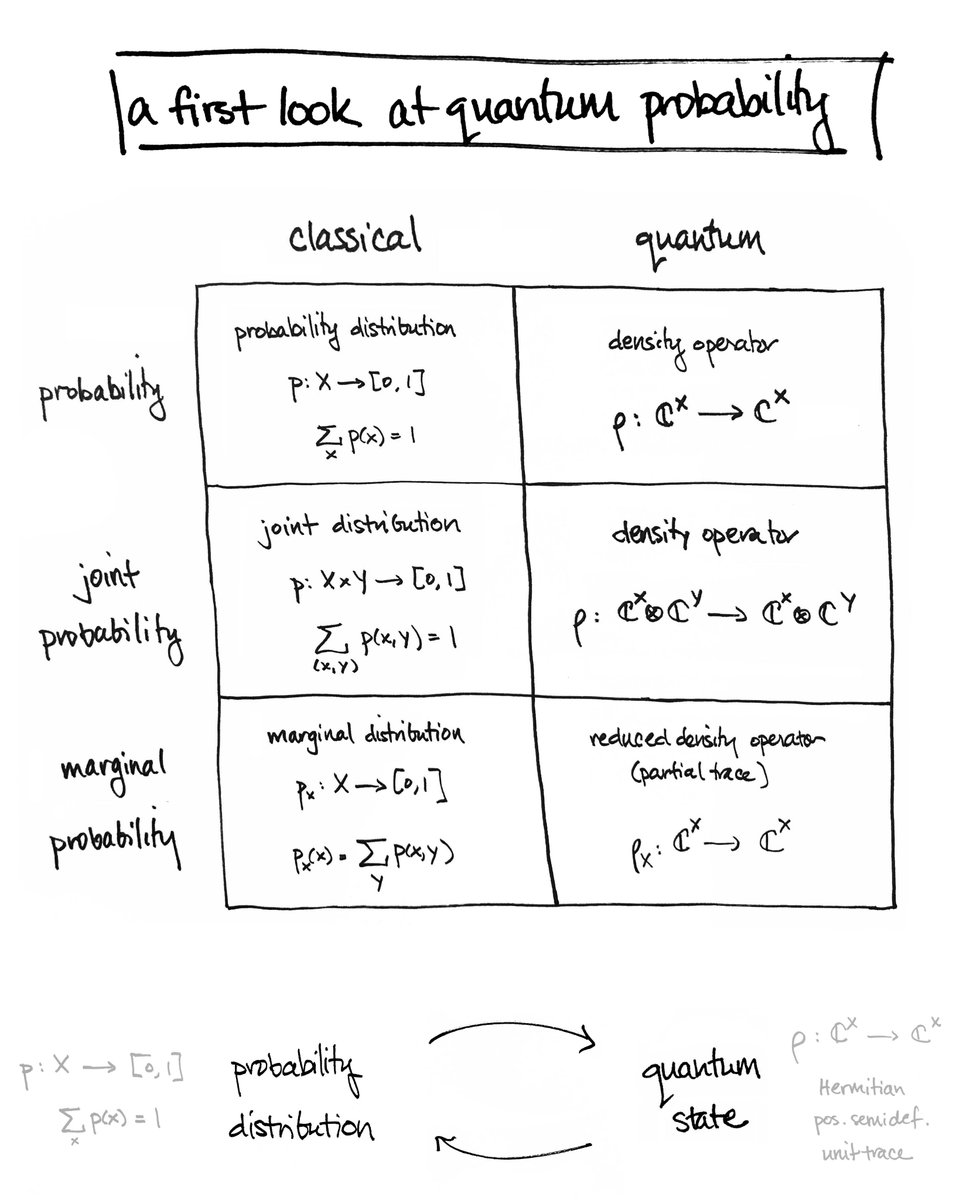Today on the blog I’ve started a new mini-series called “Language, Statistics, & Category Theory” to describe some ideas my collaborators and I share in a recent paper on mathematical structure in language. Part 1 is now live! math3ma.com/blog/language-… 

We open with the idea that language is algebraic: you can “multiply”words together (concatenation) to get new expressions:
red × firetruck = red firetruck
I’ve mentioned this idea previously in a "promo video" I made for my PhD thesis last year:
red × firetruck = red firetruck
I’ve mentioned this idea previously in a "promo video" I made for my PhD thesis last year:
Now, thinking algebraically, consider this famous quote by linguist John Firth: “You shall know a word by the company it keeps.” If you’re an algebraist, you may try to formalize this by identifying the meaning of a word, like “red,” with the principal ideal associated to it: 

Algebra is nice, but it isn’t the full story. There’s also statistics! “Red firetruck” occurs more frequently than “red idea,” and this contributes to the meaning of the word “red.” So, how can we marry these structures? It turns out category theory is a nice setting for this. 

To start, language is a category! Objects are strings of words, and arrows indicate when one string is contained in another. This category is a bit like syntax: it tells us “what goes with what.” 

What can we do with this category? Well, we might wonder what perspective category theory’s most important theorem—the Yoneda lemma—brings. Informally, this theorem states that a mathematical object is uniquely determined by its networks of relationships. math3ma.com/blog/the-yoned…
So in the spirit of the Yoneda lemma, the meaning of a word like “red” is contained in the network of ways that "red" fits into all other expressions in English. Sounds a bit like John Firth's quote, no? 

The passage from “red” to “the network of ways 'red' fits into language” is described formally in category theory as a functor. It takes us from a syntax category of language to the category of “copresheaves” on it, where semantics may lie. Sounds fancy, but the idea is simple! 

Okay, why do all this work? It turns out there are advantages to thinking category theoretically, rather than merely algebraically, including a principled way to incorporate statistics. I’ll explain more in Part 2. Stay tuned! (Or, read the preprint! arxiv.org/abs/2106.07890) 

• • •
Missing some Tweet in this thread? You can try to
force a refresh








